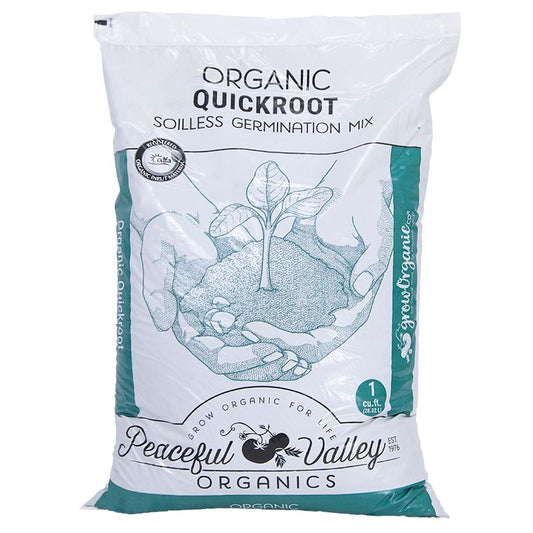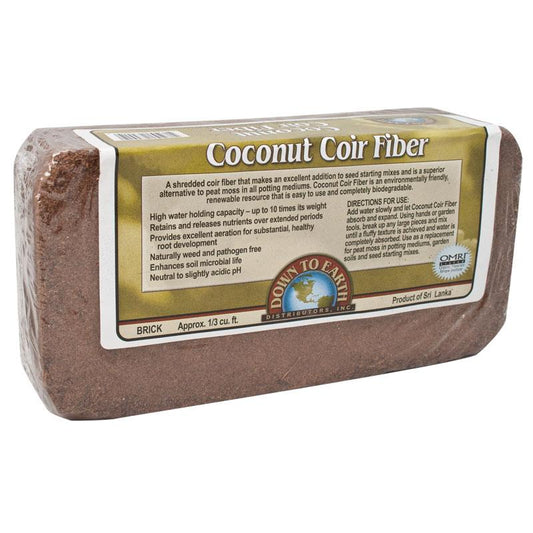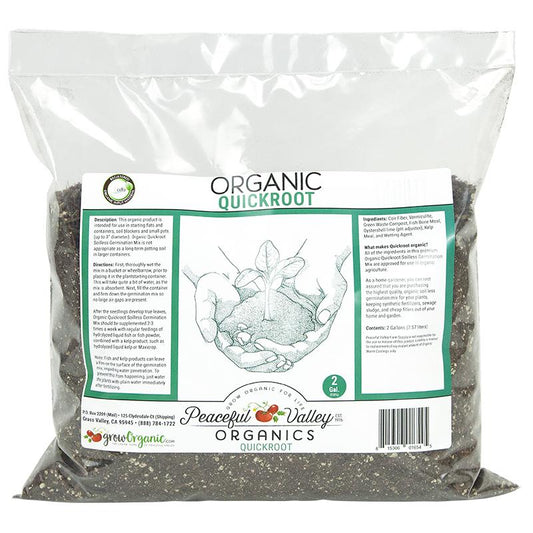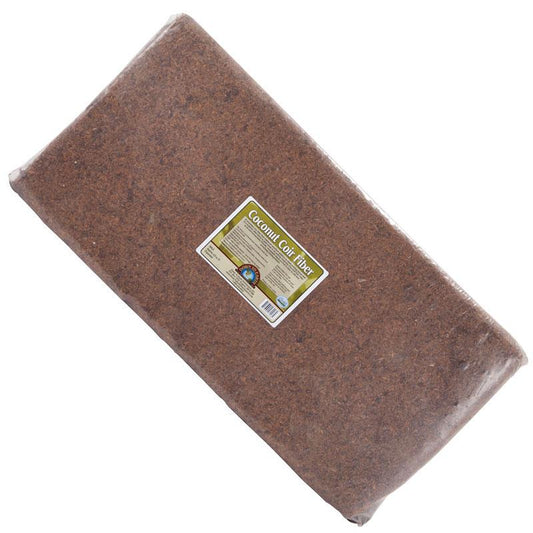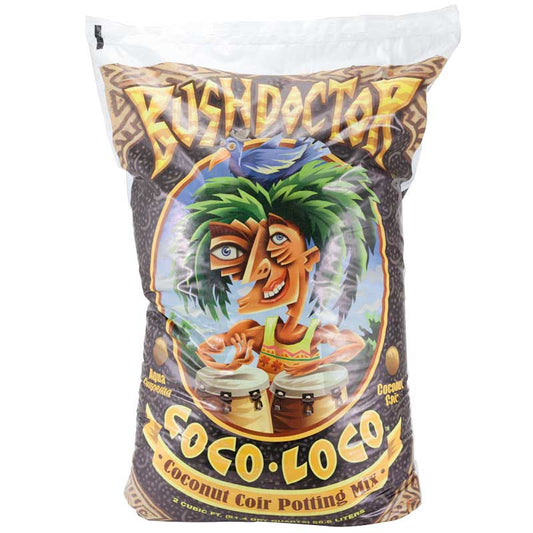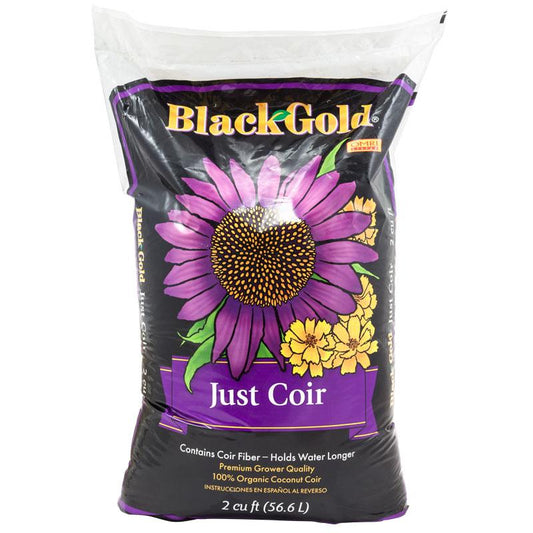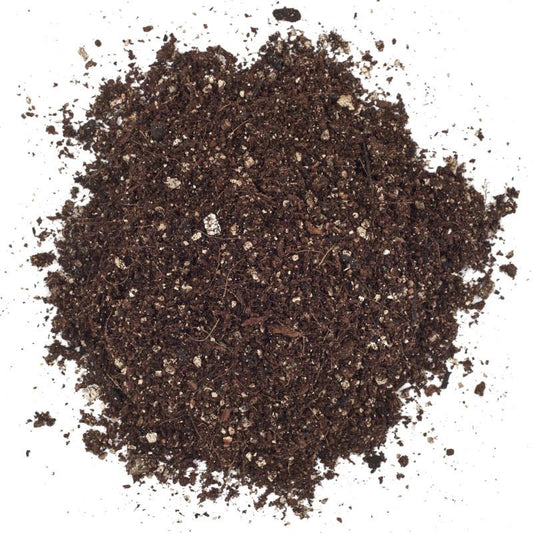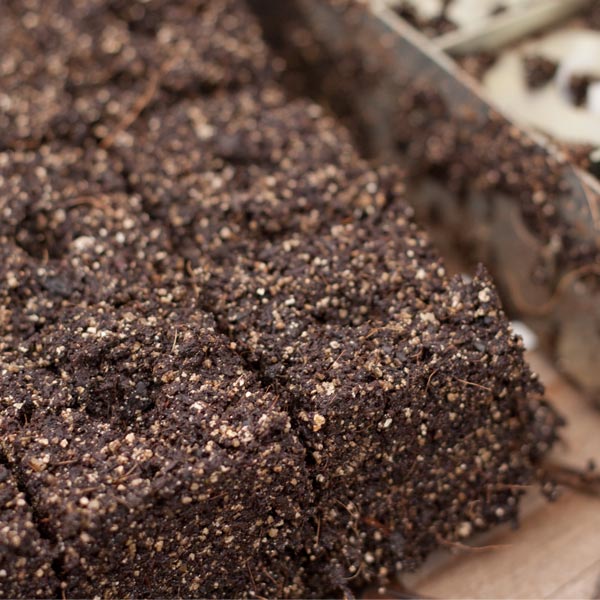
Introduction to Seed Starting Soil
Seed starting soil is essential for gardeners and horticulturists who aim to grow healthy plants from seeds. It provides the optimal environment for seeds to germinate and develop into robust seedlings. This article explores the various types of seed-starting soil available and their benefits, helping you make informed choices for your gardening needs.
Types of Seed Starting Soil
-
Organic Seed Starting Soil: Organic seed starting soil is formulated using natural and sustainable materials. It is rich in nutrients, free from synthetic chemicals, and promotes healthy root development. Organic seed starting soil is an excellent choice for those prioritizing eco-friendly and chemical-free gardening practices.
-
Peat-Based Seed Starting Mix: Peat-based seed starting soil is created using peat moss, perlite, and vermiculite. It offers good water retention and aeration, making it suitable for a wide range of plants. However, it's essential to consider the environmental impact of peat extraction when using this type of soil.
-
Coco Coir Seed Starting Mix: Coco coir, derived from coconut husks, is a sustainable alternative to peat-based soil. It provides excellent water retention, aeration, and root development. Coco coir seed starting mix is a preferred choice for environmentally-conscious gardeners.
Benefits of Seed Starting Soil
-
Optimal Nutrient Composition: Seed starting soil is carefully crafted to provide young seedlings with the ideal balance of nutrients. This helps seedlings grow strong and healthy from the outset, reducing transplant shock when moving to the garden or larger pots.
-
Improved Aeration and Drainage: Seed starting soil is designed to have excellent aeration and drainage properties. This prevents waterlogged roots, a common issue when using regular garden soil for seedlings. Proper aeration and drainage encourage healthy root development.
-
Disease and Pest Control: High-quality seed starting soil is sterilized to eliminate harmful pathogens and pests that can threaten young seedlings. This ensures a healthier plant start and reduces your garden's risk of disease outbreaks.
How to Use Seed Starting Soil
-
Container Selection: Choose containers with drainage holes to prevent water accumulation. Small pots or trays are ideal for starting seeds. Fill them with seed starting soil, leaving a small gap at the top.
-
Seed Planting: Sow your seeds according to each plant species' recommended depth and spacing guidelines. Water the soil gently after planting to ensure good seed-to-soil contact.
-
Temperature and Light: Place your containers in a warm and well-lit area. Many seeds require specific temperature ranges for germination. A heating mat can be used to maintain the desired temperature.
-
Watering Care: Keep the soil consistently moist but not waterlogged. Overwatering can lead to root rot, while underwatering can hinder germination. Use a spray bottle for delicate seedlings to avoid disturbing them.
In Summary
Seed starting soil is vital in healthy seedlings' successful germination and growth. It provides the optimal nutrient composition, aeration, and drainage necessary for young plants to thrive. Whether you choose organic, peat-based, or coco coir seed starting soil, selecting the right type and following proper seed starting techniques will give your garden a strong start and set the stage for a bountiful harvest. Gardening enthusiasts should consider these factors when selecting seed starting soil to ensure the best garden results.
For more information on seeds starting, see our resource center.


